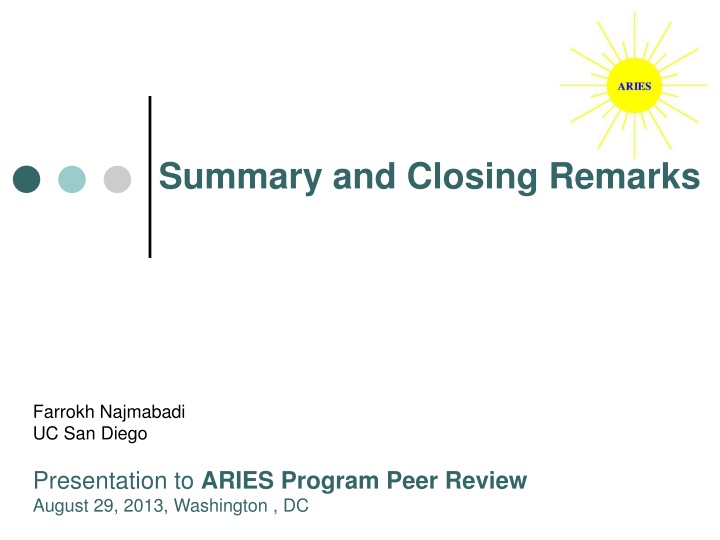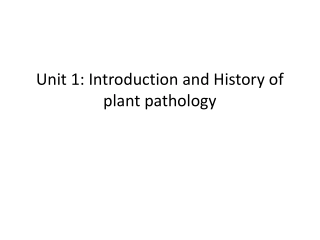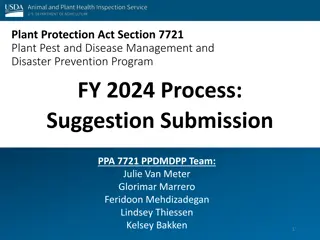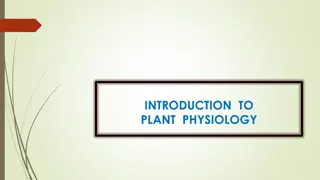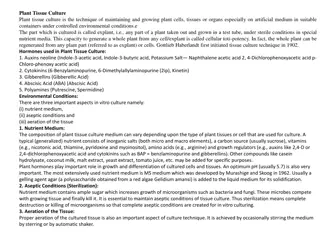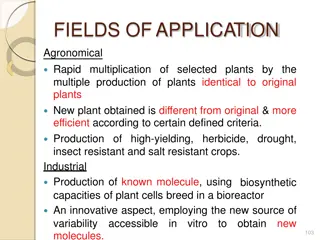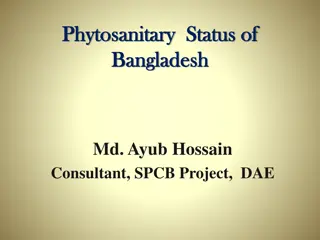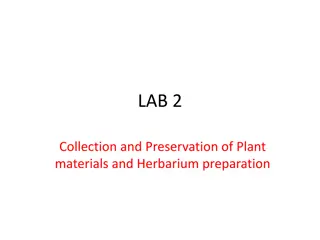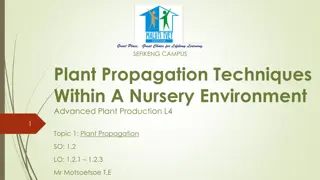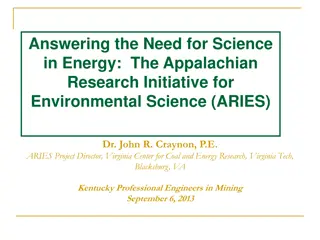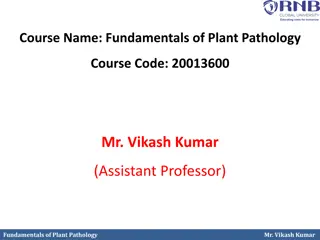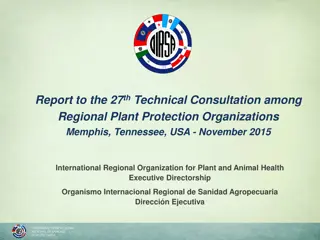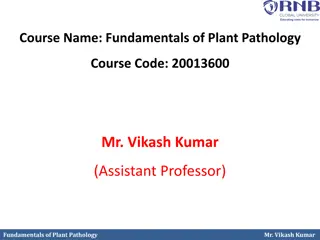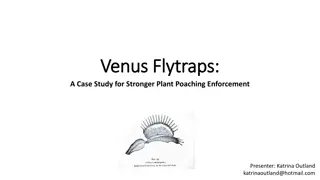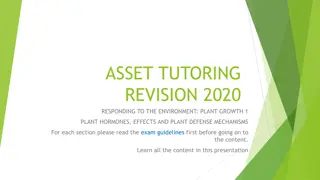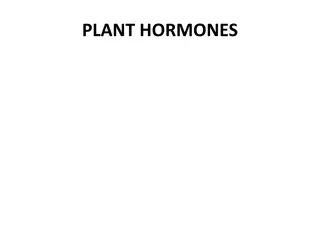Evolution of Power Plant Studies: ARIES-ACT Research Insights
The nature of power plant studies has evolved over time, moving from limited physics/engineering trade-offs to better physics understanding and feasibility optimizations. The ARIES-ACT study focuses on re-examining tokamak power plant concepts, emphasizing PMI/PFC and off-normal events. With detailed physics analysis and modern tools, the study suggests a robust design window for future power plants.
Download Presentation

Please find below an Image/Link to download the presentation.
The content on the website is provided AS IS for your information and personal use only. It may not be sold, licensed, or shared on other websites without obtaining consent from the author.If you encounter any issues during the download, it is possible that the publisher has removed the file from their server.
You are allowed to download the files provided on this website for personal or commercial use, subject to the condition that they are used lawfully. All files are the property of their respective owners.
The content on the website is provided AS IS for your information and personal use only. It may not be sold, licensed, or shared on other websites without obtaining consent from the author.
E N D
Presentation Transcript
Summary and Closing Remarks Farrokh Najmabadi UC San Diego Presentation to ARIES Program Peer Review August 29, 2013, Washington , DC
Nature of Power Plant Studies has evolved in time. Concept Exploration (< 1990) Limited physics/engineering trade-offs due to lack of physic understanding (the only credible vision was a large, expensive pulsed tokamak with many engineering challenges). Concept Definition ( ~ 1990-2005) Finding credible embodiments (Credible in a global sense). Better physics understanding allowed optimization of steady- state plasma operation and physics/engineering trade-offs. Development of high-performance blanket concepts. Concept Feasibility and Optimization (> 2010) Detailed analysis of subsystems to resolve feasibility issues. Definition of R&D requirements (e.g., material properties) Trade-offs among extrapolation and attractiveness in order to guide R&D.
Summary of ARIES-ACT Research ARIES-ACT study is re-examining the tokamak power plant space to understand risk and trade-offs of higher physics and engineering performance with special emphasis on PMI/PFC and off-normal events. Detailed physics analysis with modern computational tools are used. Many new physics issues are included. The new system approach indicate a robust design window for this class of power plants. In-elastic analysis of component including Birth-to-death modeling and fracture mechanics indicate a higher performance PFCs are possible. Many issues/properties for material development & optimization are identified. Many engineering improvements: He-cooled ferritic steel structural ring/shield, Detailed flow paths and manifolding to reduce 3D MHD effects, Identification of new material for the vacuum vessel F. Najmabadi, ARIES Peer Review closing, 29 August 2013 (3/6)
ARIES-ACT Publications (49 papers) ARIES-ACT1 final report to be published as a special issue of Fusion Science & Technology (8 articles) 15 papers in TOFE-19 (published in FS&T vol. 60) 12 papers in TOFE-20 (published in FD&T vol. 64) 13 other articles in FS&T, FED, SOFE, etc. These papers can be downloaded from the ARIES web site. (http://aries.ucsd.edu/ARIES/DOCS/bib.shtml) F. Najmabadi, ARIES Peer Review cosing, 29 August 2013 (4/6) )
Some ARIES Town Meetings Date Mar. 2-3, 1995 May 10, 1995 Location ANL ANL Subject ARIES Workshop on Liquid Target Divertors ARIES Town Meeting on Structural Materials ARIES Town Meeting on Low Aspect Ratio Spherical Tokamaks ARIES Town Meeting on Designing with Brittle Materials ARIES Town Meeting on ST Physics International Town Meeting on SiC/SiC Design & Material Issues for Fusion Systems Livermore ARIES Tritium Town Meeting Livermore ARIES Town Meeting on Liquid Wall Chamber Dynamics PPPL ARIES Compact Stellarator Physics Town Meeting International Workshop on High-Heat-Flux Components Readiness to Proceed from Near Term Fusion Systems to Power Plants Jan. 31, 1996 UCSD June 19, 1997 May 6-7, 1998 UW UCSD Jan. 18-19, 2000 ORNL Mar. 6-7, 2001 May 5-6, 2003 Sep. 15-16, 2005 Dec. 10-12, 2008 UCSD Town Meeting on Edge Physics Modeling and experimental validation for fusion power plants. May 2010 UCSD
National ARIES Program has been a high-leverage research effort High Quality of Science: Detailed and in-depth analysis is necessary to make scientific progress. High-Leverage Research: Integrated design & analysis beyond current experiments identifies key R&D Issues. Community input and consensus: An environment is created for fusion scientists to investigate fusion systems together. Team members bring in the latest information from R&D program. State-of-art analysis, innovation, and high- leverage issues are readily transferred back to the R&D program. Interaction with other disciplines: Impact of latest development in other scientific fields on fusion systems are evaluated. Impact on Education: Approximately 2/3 of the research is performed by universities (UCSD, U. Wisc., GIT). Seven students were supported by this activity last year. A high-leverage niche on the international fusion program. It is recognized internationally as a credible driving force towards an attractive end product and influences world-wide fusion research.
